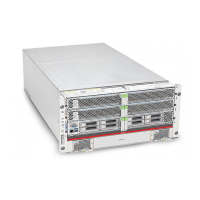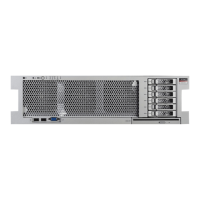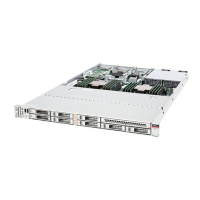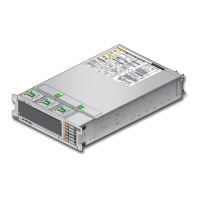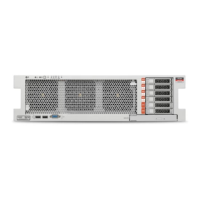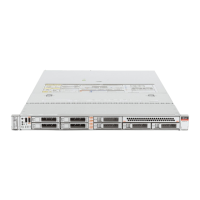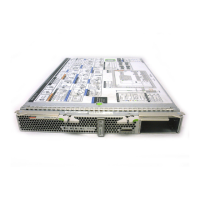DIMM Population Rules
The rules for adding and replacing DIMMs are:
■
When you replace DIMMs, you must match parameters.
■
When you add DIMMs, you must match parameters and populate them in the specified
order.
Matching Parameters
There are four parameters to consider when replacing DIMMs: size, speed, density, and
manufacturer's model number.
■
All of the DIMMs in the CMOD must be the same size, speed, and density.
■
Both of the DIMMs in a pair must be the same size, speed, and density, and have the same
manufacturer's model number. The pairs are 0/4, 1/5, 2/6, 3/7, 8/12, 9/13, 10/14, and 11/15.
The following table shows the requirements.
Parameter and Value Match Within CMOD Match Within Pairs
Size — 2 GB, 4 GB, or 8 GB x x
Speed — 1066 MHz JEDEC or DDR3 ECC RDIMMs x x
Density — Single or dual rank x x
Manufacturer's model number x
DIMM Population Order
You can add DIMMs according to the following rules:
■
You cannot add DIMMs to a 32–DIMM system because it is already fully populated.
■
All DIMMs must have their parameters matched, as described above.
■
Only four or eight DIMM upgrades are supported. As a result, all color blocks must be
either full or empty.
■
DIMMs must be populated in the correct order.
On a 16–DIMM CMOD, all the blue and white slots should already be populated.
When you add DIMMs, fill the black slots (D1/D5 and D10/14) first, and fill the green slots
(D3/D7 and D11/D15) last.
Order Numbers Slot Color Minimum Configuration
1 D0/D4 Blue
These should be filled by default
Hardware Issues 37
